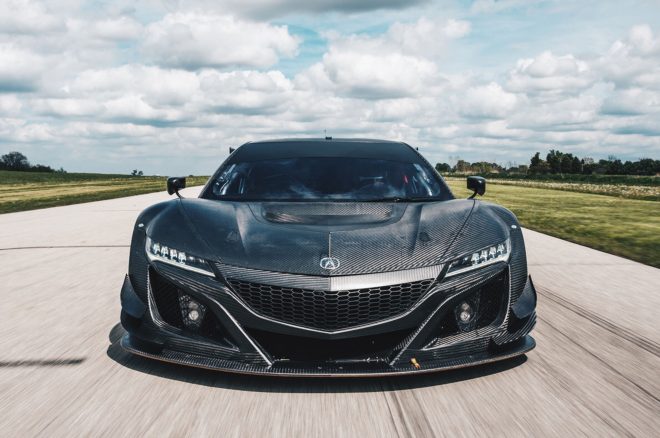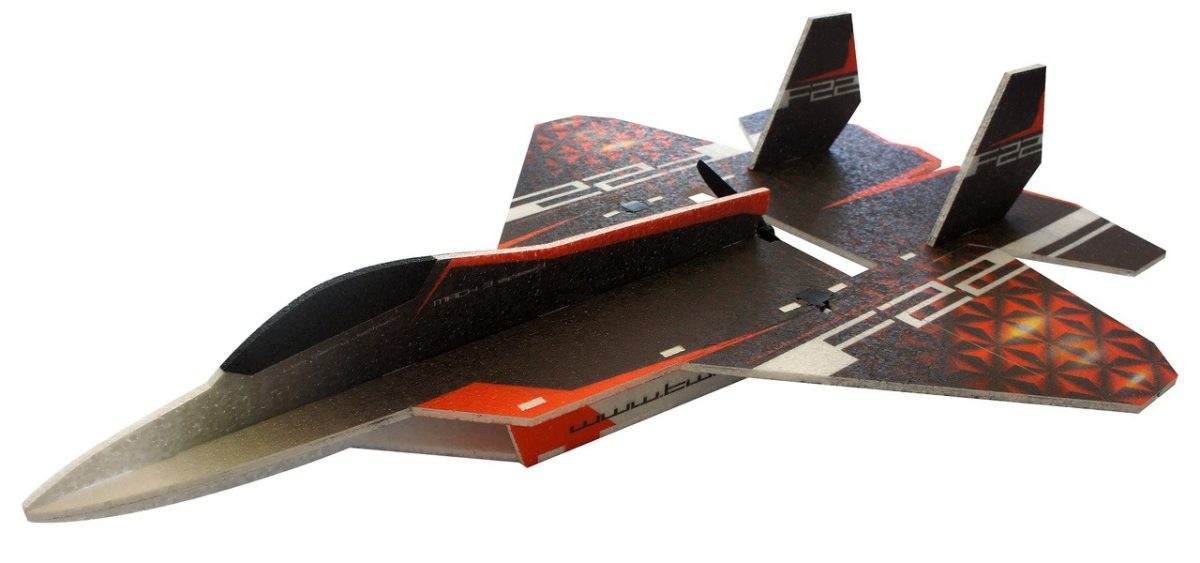The Engineering Challenge
Race car engineering primarily revolves around three critical aspects: aerodynamics, weight reduction, and power-to-weight ratio optimization. Engineers must meticulously balance these factors to build vehicles capable of extreme speeds and agile handling.
1. Aerodynamics: The study of how air interacts with race cars is vital. Engineers use computational fluid dynamics (CFD) simulations to design components that minimize drag and maximize downforce. A well-designed spoiler, for instance, can enhance traction without overly compromising speed.
2. Weight Reduction: In race car design, every gram counts. Engineers employ lightweight materials such as carbon fiber and titanium to decrease the overall weight of the vehicle, which improves acceleration and handling. According to experts, a 10% reduction in weight can lead to a race car gaining up to a second of lap time.
3. Power-to-Weight Ratio: Achieving a high power-to-weight ratio is essential for speed. Engineers meticulously select and tune engines to ensure optimal performance. Formula 1 engines, for instance, are designed to produce up to 1,000 horsepower with minimal weight, showcasing the pinnacle of engineering precision.
The Role of Technology
The integration of technology in race car engineering is nothing short of remarkable. Data analytics and telemetry systems provide real-time feedback during races, enabling teams to make critical adjustments to strategy and performance.
– Telemetry Systems: These systems convey vital information about the car’s performance back to the pit crew, including tire pressure, temperature, and fuel levels. By analyzing this data, engineers can make informed decisions that can significantly impact race outcomes.
– Simulation and Testing: Engineers use advanced simulation software to test various designs and setups before physically building prototypes. Wind tunnels and track testing are critical phases in ensuring that the theoretical designs perform well under real-world conditions.
Sustainability in Race Engineering
An emerging trend in race car engineering is the focus on sustainability and the use of green technologies. As motorsports strive for environmental accountability, hybrids and electric race cars are gaining traction. For example, Formula E showcases fully electric racing, where engineers face the challenge of maximizing battery life and power efficiency.
Innovative solutions include energy recovery systems that capture kinetic energy during braking, allowing cars to gain extra speed while also promoting sustainability in motorsport.
The Future of Race Car Engineering
As we look to the future, the engineering behind race cars will continue to evolve. Innovations in artificial intelligence (AI) and machine learning are set to change the landscape of race car design and strategy. AI can analyze massive amounts of data from races to predict outcomes and improve vehicle setups.
Furthermore, materials science advancements are likely to lead to even lighter and stronger components, enhancing performance. The continuing evolution of race car engineering reflects broader trends in technology and environmental concerns, assuring motorsport enthusiasts that the race will go on, faster and greener than ever.
—
RELATED STORIES:
– (The Impact of Aerodynamics on Race Car Performance) www.racecarengineering.co
– (Materials That Build Speed) www.materialstoday.com
– (The Future of Electric Racing) www.formula-e.com
– (Data Analytics in Motorsports) www.analyticsvidhya.com
– (The Evolution of Formula 1 Engines) www.formula1.com
TAKE ACTION:
– Join a racing club to gain firsthand experience in motorsport engineering www.wrace.com
– Participate in local races and automotive events to see engineering in action www.localmotorsport.com
– Attend workshops focused on car engineering and design www.carinstitute.com
– Follow exciting developments in motorsport sustainability initiatives www.motorsportgreen.com
– Stay updated with the latest in race car technology through forums and communities www.racingforum.com











